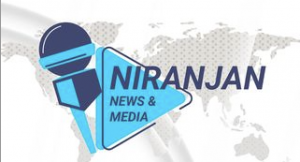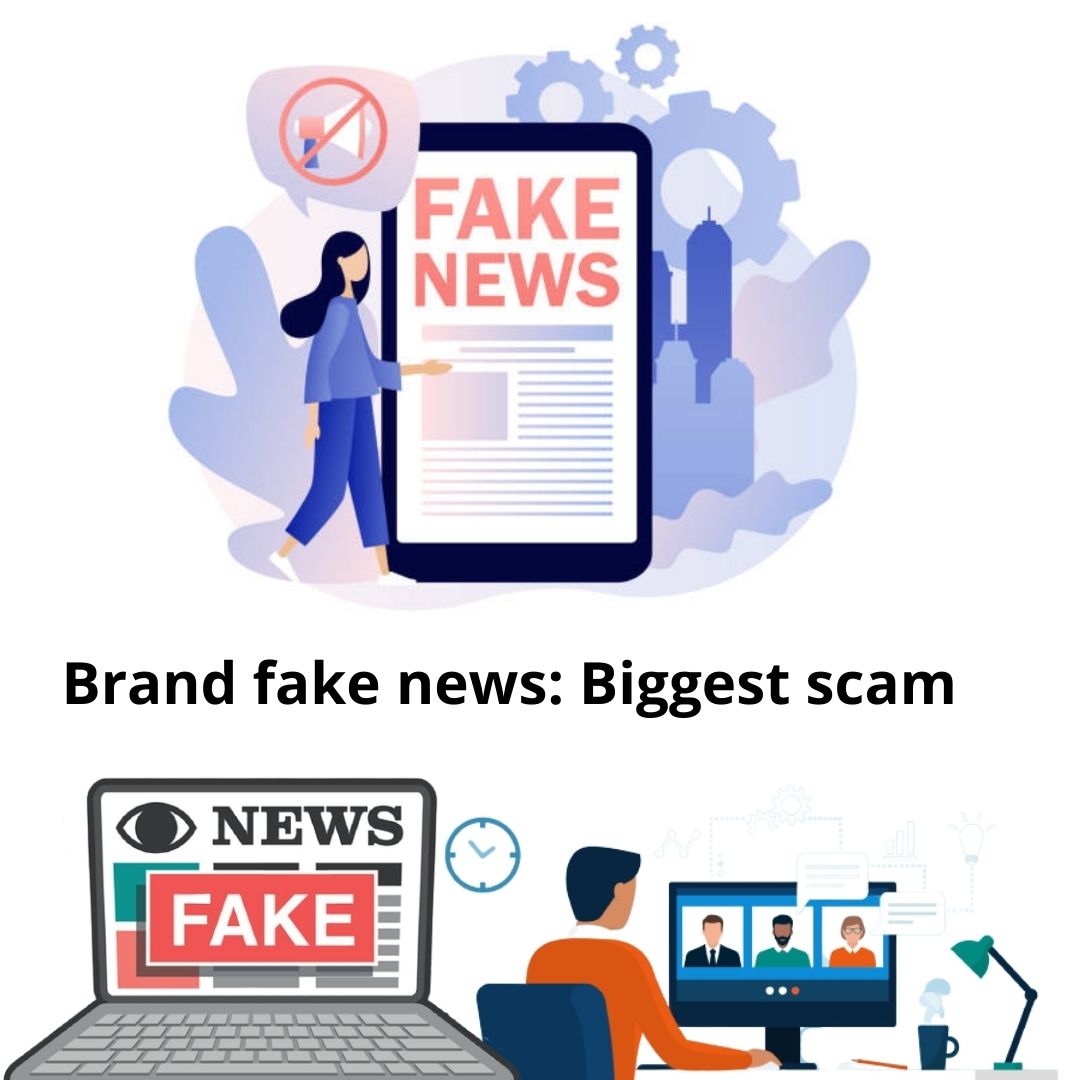Fake news has been around for many years, but we’re worried about it now more than ever.False news has consistently been growing around us, primarily as clickbait, and often tends to go viral. These are articles and stories created solely to mislead and misinform people into believing narratives that otherwise hold no merit. Fake news is rearing its ugly head time and time again.fake news has become a part of the world, and it has become necessary to label every story either fake or legitimate. It is essential that we dig into fake news to prevent people from believing false things.
It is very difficult to authenticate the source of content. This problem is exacerbated for journalists scouting for the latest sensational news. Artificial Intelligence provides certain features which help us rate the news for authenticity and define it as fake. The best way to combat fake news is using an automated tool.
Once big data came into the picture, Artificial Intelligence and Machine Learning tools became more sophisticated and reliable. Now, we need to focus on educating people (starting as early as primary school) to be critical thinkers and to not take every story at face value.
In the future, Artificial Intelligence will be used to scan through each and every news source.
Is artificial intelligence the key to combat fake news?
Fake news is rearing its ugly head time and time again. Not for nothing are the tech behemoths, Facebook and Google as well as media companies waging war on fake news. Is there a way to differentiate the fake news from the truth?
The trouble begins when too much of information is shared through the internet – information that needs more than a human mind to identify the fake enjoying the status like the original. In this realm, artificial intelligence and big data have emerged as potent tools to track news stories and identify fake news items playing the trick on the user.
Any news becomes a fake news if the information presented is incorrect or information doesn’t represent facts that it is expected to carry. When it comes to information, it is also about assuring the veracity of information as it is about moving, processing and securing information. In short, fake news and information are more of a big data veracity issue.
When it comes to handling fake news, none have put a braver face than Facebook. With trillions of user posts, Facebook realized that manual fact-checking wouldn’t do any good to solve the fake news problem. Facebook turned to artificial intelligence to arrest this problem. Artificial intelligence is being leveraged to find words or even patterns of words that can throw light on fake news stories.
But what’s the potential for AI to be successful in detecting misinformation?
The tools developed in this area, have fairly high accuracy in lab settings.For example, the most recent technical work showed around 83% accuracy in predicting when the source of a news article is reliable or unreliable
Despite the effectiveness of algorithms, old-fashioned fact-checking by journalists will still be required to combat fake news. AI could filter the information for fact-checkers to verify.
AI tools are great at dealing with high quantities of information at fast speeds but lack the nuanced analysis that a journalist or fact-checker can provide.
AI powered analytics tools would include stance classification to determine whether a headline agreed with the article body, text processing to analyze the author’s writing style, and image forensics to detect Photoshop use. To determine the reliability of an article, Algorithms could extract even relatively simple data features, like image size, readability level, and the ratio of reactions versus shares on social networks.
The fake news issue can also be detected by focusing on anomalies. When a social media algorithm starts pushing a trending post or article to the top, if AI-powered analytics tracked the sudden surge of a new topic, correlating this data with the source site or Facebook page, it would emerge as an obvious anomaly and be paused from gaining any further momentum until a human at Facebook or Google can validate the specific item, rather than needing human review of all topics.
We can’t prevent anyone from writing fake news, but by applying AI-powered analytics that employs anomaly detection, we can prevent the “simple-AI” algorithms from spreading and promoting fake news stories.
The power of this application of AI-powered analytics to spot anomalies, far faster than humans could, can be used when working with thousands or millions of metrics. Real-time anomaly detection can catch even the most subtle, yet important, deviations in data.
Until we universally start using AI to spot fake news, we will have to rely on robust tools that have proved useful in debunking false news items. Here is the list of tools to combat the issue of fake news :
- Spike is a tool leveraged to identify and predict breakout stories as well as viral stories. The tool analyzes mountains of data from the world of news and predicts what’s going to drive engagement.
- Hoaxy is a tool that helps users to identify fake news sites.
- Snopes is a website that helps spot fake stories.
- CrowdTangle is a tool that helps discover social content early and monitor content.
- A check is a tool from Meedan that helps verify news breaking online.
- Google Trends proves its worth by watching searches.
What we can do for now is create awareness to combat this propagation of fake news. In other words, we must stop sharing such media to take away its credibility.
Detecting fake news is a complex process that starts with awareness and education. We must verify the source. Quality information is typically fact-checked or peer-reviewed. We should rely on the insights that come from reputable channels or are sourced from trusted research companies.
However, we should remember that yes, ever-evolving technology can automate the spread of disinformation and troll. It can let perpetrators operate anonymously and without fear of discovery. But this suite of tools as a mode of political communication is ultimately focused on achieving the human aim of control. Propaganda is a human invention, and it’s as old as society. As an expert on robotics once said, we should not fear machines that are smart like humans, so much as humans who are not smart about how they build machines.




